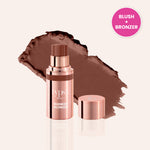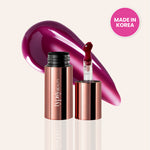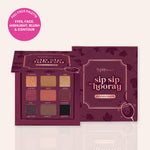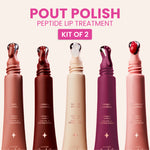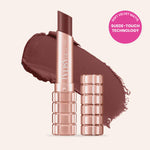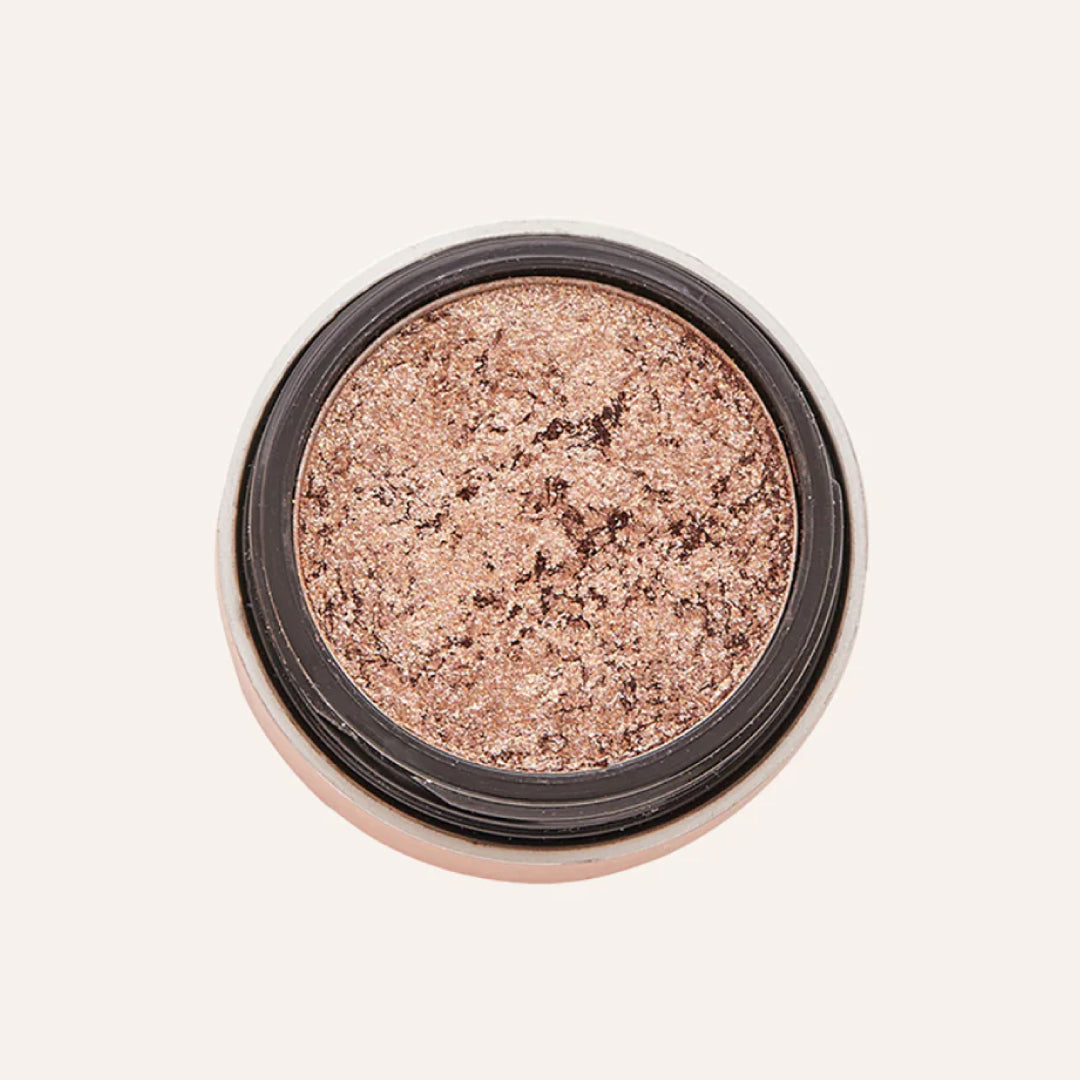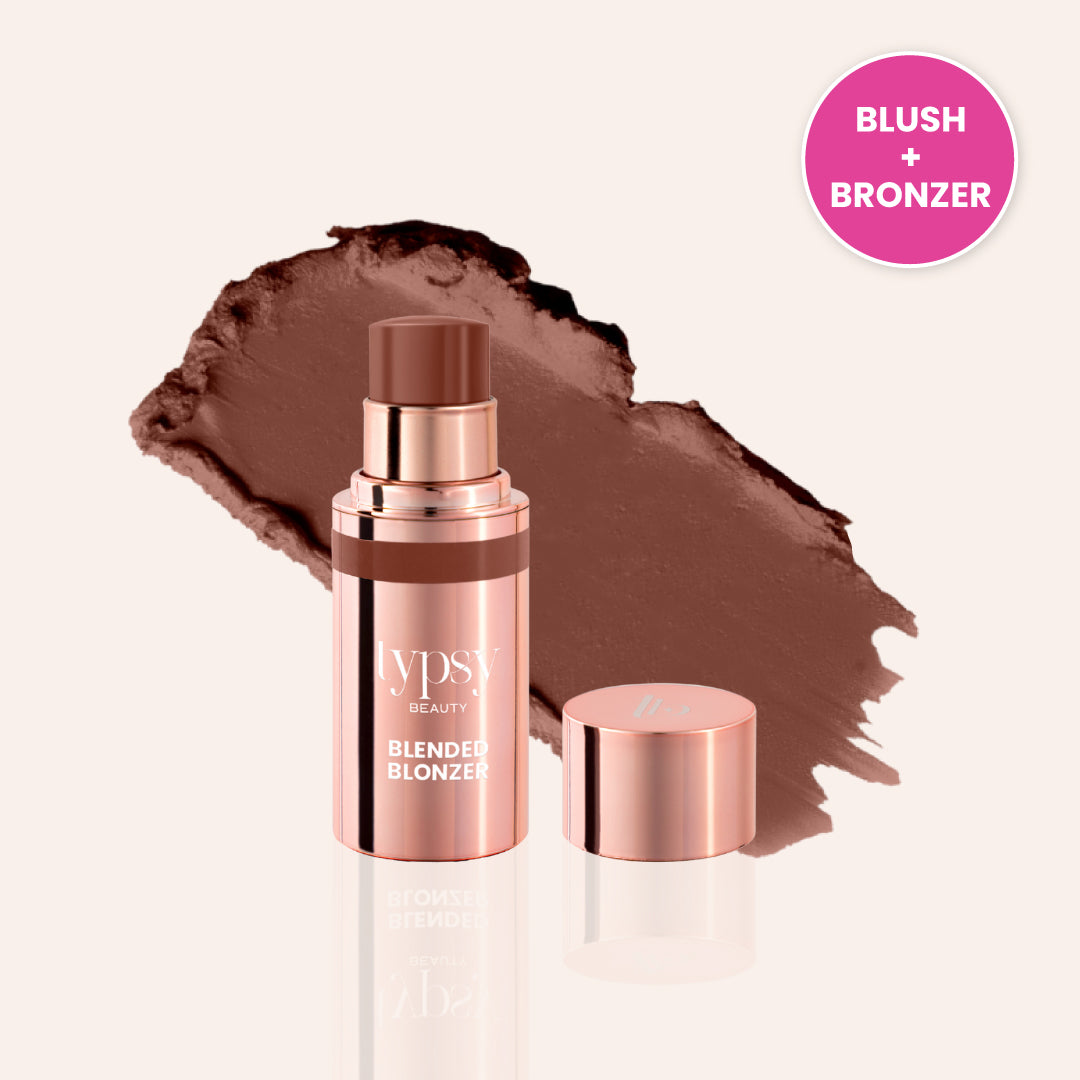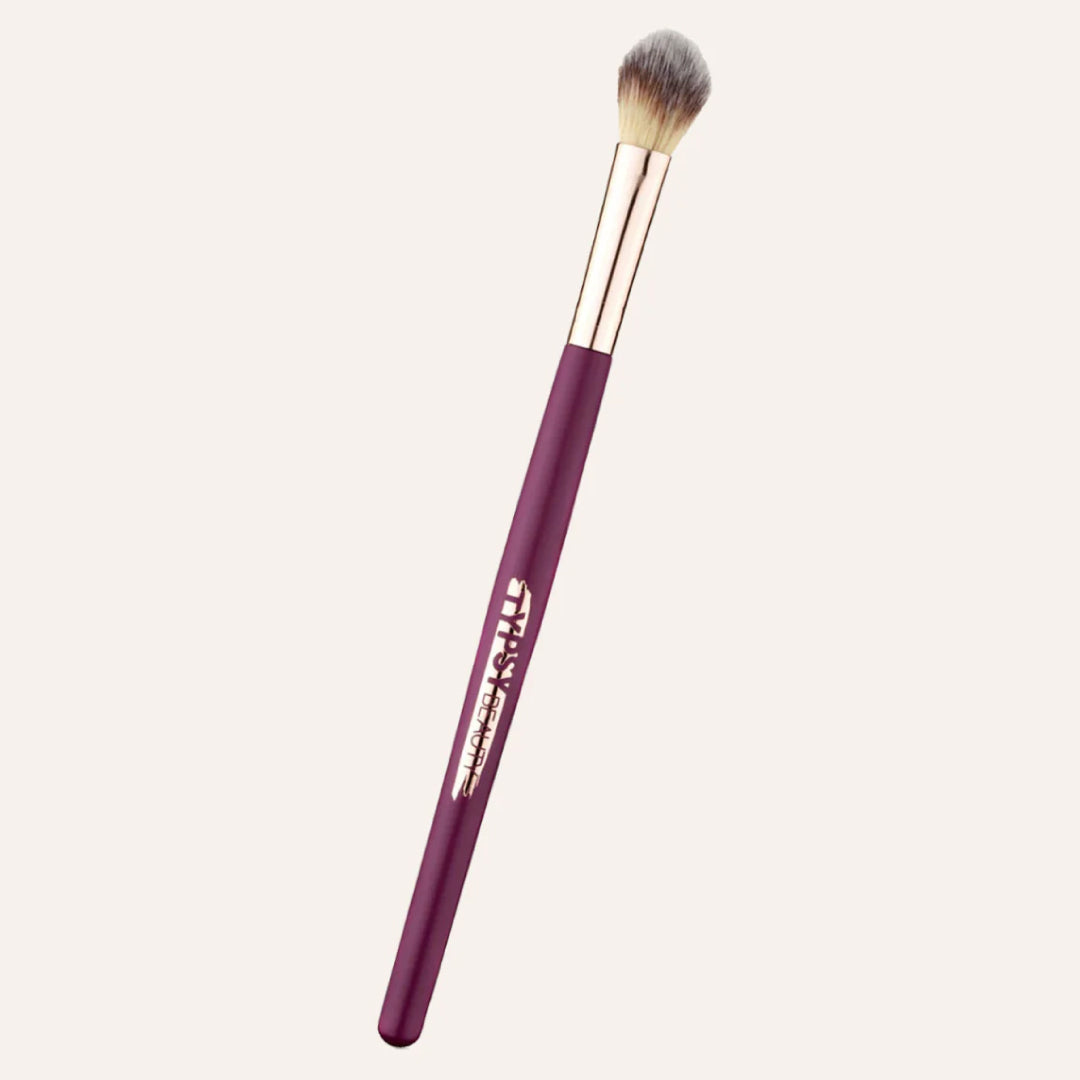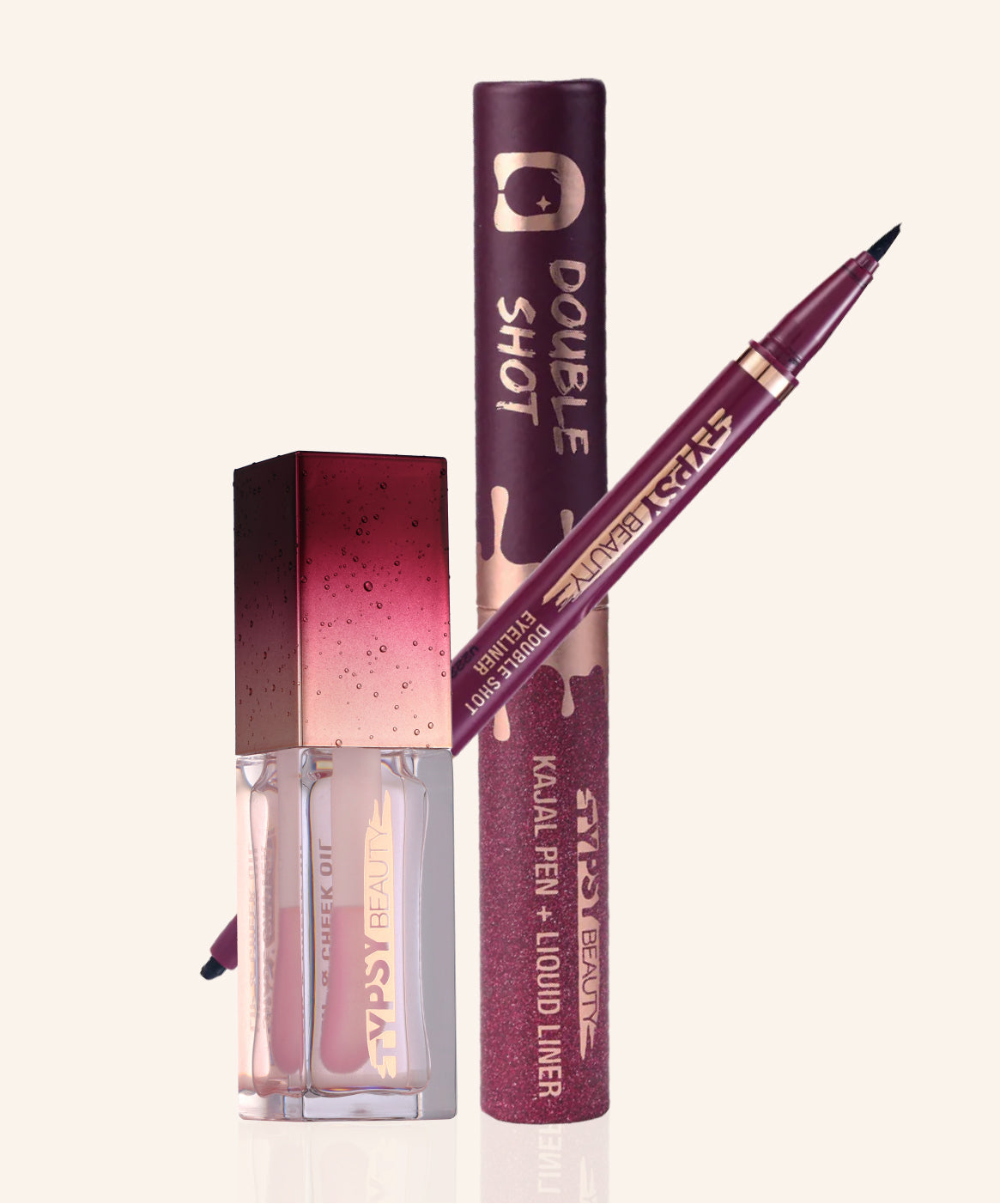- Welcome Offer: Get 10% off with code TYPSY
- Buy More, Save More | Upto20% off, Use Code: TYPSYTREAT
- Welcome Offer: Get 10% off with code TYPSY
- Buy More, Save More | Upto20% off, Use Code: TYPSYTREAT
- Welcome Offer: Get 10% off with code TYPSY
- Buy More, Save More | Upto20% off, Use Code: TYPSYTREAT
- Welcome Offer: Get 10% off with code TYPSY
- Buy More, Save More | Upto20% off, Use Code: TYPSYTREAT
- Welcome Offer: Get 10% off with code TYPSY
- Buy More, Save More | Upto20% off, Use Code: TYPSYTREAT
- Welcome Offer: Get 10% off with code TYPSY
- Buy More, Save More | Upto20% off, Use Code: TYPSYTREAT
The Difference Between Bronzer and Contour: A Comprehensive Guide
Maya Deiss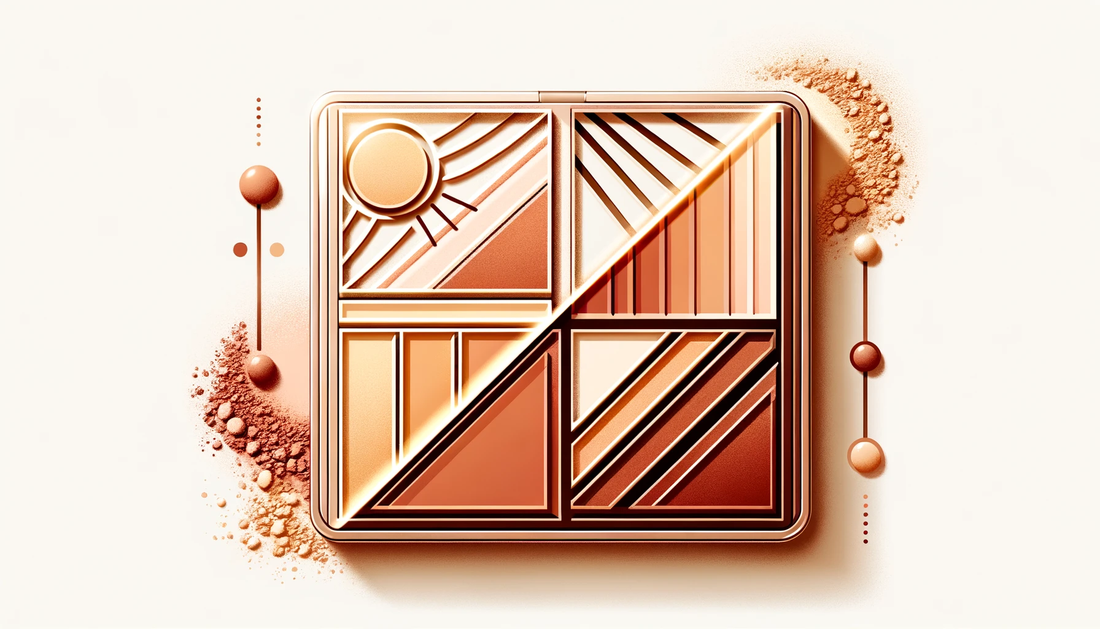
Looking for that perfect sun-kissed glow? Or perhaps you're aiming to create those perfectly chiseled cheekbones? Understanding the difference between bronzer and contour is a must. In this comprehensive guide, we'll break down everything you need to know to achieve the flawless, sculpted look you desire.
Bronzer and contour are two makeup techniques that can completely transform your face. But what sets them apart? Bronzer is used to create a warm, sun-kissed effect and add a touch of color to your complexion. On the other hand, contouring involves using a shade darker than your natural skin tone to create shadows and define the structure of your face.
In this guide, we'll delve into the specifics of each technique, including how to choose the right products, how to apply them correctly, and tips for achieving a natural-looking result. Whether you're a makeup novice or a beauty guru, this guide will help you master the art of bronzing and contouring, making your face the ultimate canvas for stunning transformations.
So, let's dive in and discover the secrets to achieving that perfectly sculpted and radiant look with bronzer and contour techniques.
Understanding the Purpose of Bronzer and Contour
Bronzer and contour serve different purposes in makeup application. Bronzer is designed to mimic the sun-kissed glow that comes from spending time outdoors. It adds warmth and depth to your complexion, giving you a healthy and radiant look. On the other hand, contour is used to create shadows and definition, enhancing the natural structure of your face.
When applied correctly, bronzer can give your skin a natural-looking tan, while contouring can help reshape and define your features. Understanding the purpose of each technique will allow you to choose the right products and apply them effectively.
The Difference Between Bronzer and Contour
While both bronzer and contour involve adding color to your face, they have distinct differences. Bronzer is typically used on the high points of your face where the sun naturally hits, such as the forehead, cheeks, and nose. It is applied in a sweeping motion to add warmth and a healthy glow.
Contour, on the other hand, is applied in the hollows of your face to create shadows and definition. It is typically used on the temples, under the cheekbones, and along the jawline to sculpt and enhance your facial structure. Choosing the right shade and application technique is crucial to achieving a natural-looking contour.
How to Choose the Right Bronzer for Your Skin Tone
Selecting the right bronzer for your skin tone is essential to achieving a natural-looking result. The key is to choose a shade that complements your complexion without looking too orange or muddy. Here are some tips to help you find the perfect bronzer:
Consider Your Undertone: Determine whether you have a warm, cool, or neutral undertone. If you have warm undertones, opt for a bronzer with peach or golden undertones. For cool undertones, choose a bronzer with pink or taupe undertones. Neutral undertones can generally wear a wide range of bronzer shades.
Test the Shade: Always swatch the bronzer on your skin before purchasing. Apply a small amount on your jawline or wrist to see how it blends with your natural skin tone. The bronzer should seamlessly blend into your skin without looking too harsh or unnatural.
Avoid Shimmer: While shimmer can add a beautiful glow, it's best to choose a matte bronzer for a more natural effect. Shimmer can highlight imperfections and make your skin appear oily. Opt for a matte formula for a more subtle and realistic sun-kissed look.
Remember, the goal is to enhance your natural features, so choose a bronzer shade that complements your skin tone and gives you a healthy, radiant glow.
How to Choose the Right Contour Shade for Your Skin Tone
Choosing the right contour shade is crucial to achieving a natural-looking sculpted effect. The key is to choose a shade that is one to two shades darker than your natural skin tone. Here are some tips to help you find the perfect contour shade:
Analyze Your Skin Tone: Determine whether you have a fair, medium, or deep skin tone. Fair skin tones should opt for cool-toned contour shades. Medium skin tones can go for both warm and cool-toned contour shades, while deep skin tones should choose warmer shades.
Test the Shade: Swatch the contour shade on your jawline or wrist to see how it blends with your natural skin tone. The contour shade should create a subtle shadow without looking too harsh or muddy.
Consider Your Desired Level of Definition: If you prefer a more natural-looking contour, choose a shade that is closer to your natural skin tone. For a more dramatic effect, opt for a shade that is slightly darker. Remember to blend well to avoid any harsh lines.
Choosing the right contour shade will allow you to sculpt and define your features while maintaining a natural-looking result.
Common Mistakes to Avoid When Applying Bronzer and Contour
Even the most skilled makeup enthusiasts can make mistakes when it comes to bronzing and contouring. Here are some common pitfalls to avoid:
Using Too Much Product: Start with a light hand and build up the product gradually. Applying too much bronzer or contour at once can result in an unnatural and heavy-looking finish.
Choosing the Wrong Brush: Use the right brush for each technique. For bronzer, opt for a fluffy, large brush to create a soft and diffused effect. For contour, use a small angled brush to precisely place the product and create defined lines.
Skipping Blending: Blending is key to achieving a seamless and natural-looking result. Take the time to blend out any harsh lines or edges to create a soft and flawless finish.
By avoiding these common mistakes, you can ensure that your bronzed and contoured look appears natural and enhances your features.
Our Final Tips for Achieving a Flawless Bronzed and Contoured Look
Mastering the art of bronzing and contouring can take time and practice, but with the right techniques and products, anyone can achieve a flawless and sculpted look. Here are some final tips to help you on your journey:
Start with a Light Hand: Apply bronzer and contour gradually, building up the product as needed. This will help you avoid any harsh lines or a heavy-looking finish.
Blend, Blend, Blend: Take the time to blend out any harsh lines or edges for a seamless and natural result. Use a clean brush or sponge to blend the product into your skin for a soft and diffused effect.
Experiment with Different Techniques: There are various bronzing and contouring techniques, so don't be afraid to experiment and find what works best for you. Whether it's a classic 3-shape contour or a more subtle draping technique, find a method that enhances your features and suits your personal style.
With these tips in mind, you'll be well on your way to achieving a flawless bronzed and contoured look that turns heads and boosts your confidence.
Remember, makeup is all about self-expression and enhancing your natural beauty. So have fun, be creative, and embrace the transformative power of bronzer and contour.
Now, go out there and rock that perfectly sculpted and radiant look!


